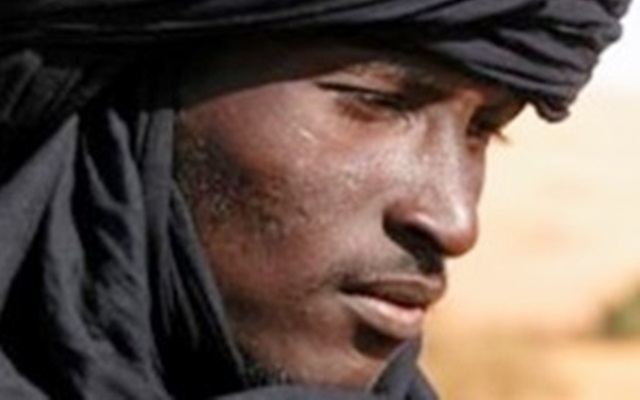Book Review: Illuminating the Darkness: Blacks and North Africans in Islam
Habeeb Akande, the book’s author is a British-born Muslim of African descent who graduated from Kingston University with a first class degree in business and film studies. He went on to study Arabic, Islamic law and Islamic history in Egypt.
The book consists of fifteen chapters in two parts. Chapter 1 examines the representation of the colour black and blackness in classical Arabic and the two textual sources, the Qu-ran and hadith. Chapter 2 deals with the constructions of race and ethnicity according to the early Arabs. In Chapter 3, the origins of the peoples of Africa are discussed from an Islamic anthropological perspective. Chapter 4 examines Muslim scholars’ differing views on the cause of black peoples’ skin colour, whilst Chapter 5 delves into the topic of enslavement of Black Africans by Arab and North African Muslims. Chapter 6 examines some of the wisdoms and benefits of brown and dark skin. In Chapter 7, the works of traditional Muslims scholars are presented. Chapter 8 explores interracial marriages and Chapter 9, the ‘elevated’ status of black Africa in Islam. Part II of the book covers Chapters 10 through to 15.
In writing this book, the author hopes to enlighten readers about the ennobled status of blacks and North Africans in Islam, as well as erase some of the what he terms the ‘unfortunate misconceptions’ about blackness and those of African descent that have been exacerbated, in many cases, by racist thinking. It is fair to say that as one expects, the Qur’ān, which encourages Muslims to be united regardless of ethnicity, lineage or social status is cited heavily throughout the book.
Akande begins by exploring the perception of Blacks in pre-Islamic Arabia and argues that the advent of Islam in the seventh century created an entirely new situation in race relations globally, extending from Southern Europe to Central Africa and from the Atlantic Ocean to India. Towards the end of this century, a sense of Arab superiority began to develop as the Arab-Muslims went on from the Arabian Peninsula to conquer half of the known world. Under the Umayyad dynasty, many Arabs lived separately from the indigenous communities they conquered. Non-Arab Muslims, known collectively as Mawali, were sometimes treated by some of the Arab aristocracy as second-class citizens. To become a Muslim, one had to become adopted as the client of an Arab tribe.
He cites two schools of thought that emerged in response to the negative representations of black people which developed in some Muslim societies. The resistance model was in defence of blacks against their detractors in the Muslim community. Conversely, the internalising contempt model accepted the proposed ill-fate of blacks. The book is based on the resistance model, presenting a variety of influential black and African Muslims, from black Arabs to black Africans through to white North African Berbers.
The author makes it clear throughout the book that Black and North African Muslims have contributed significantly to the development of Islamic thought, civilisation and culture. At times, I found the book quite a heavy read, but the author deserves much credit for researching the topic thoroughly, thus making it easier to digest.
ISBN: 9781842001271
Published: February 2012
Publisher Ta-Ha Publishers Ltd

